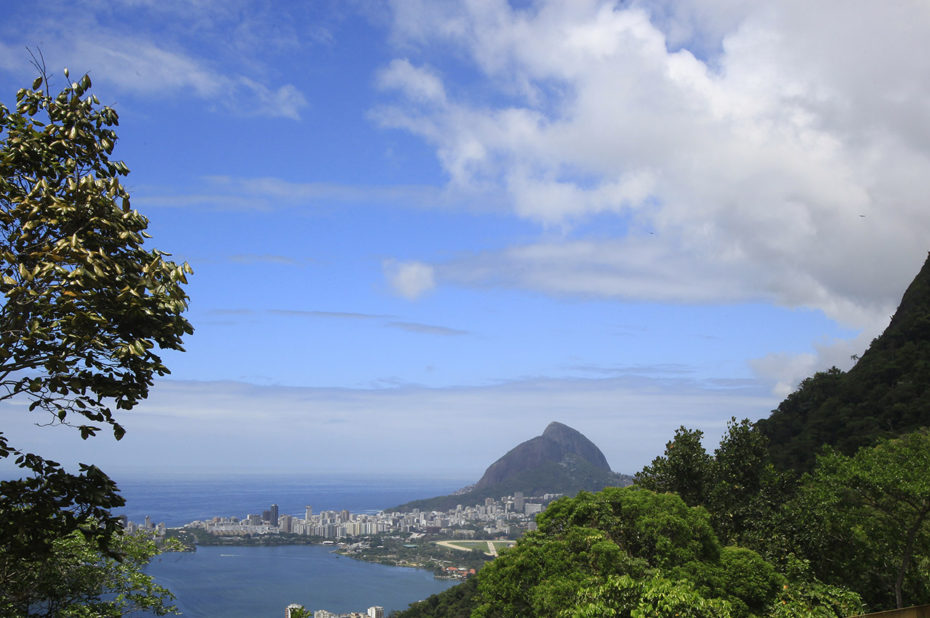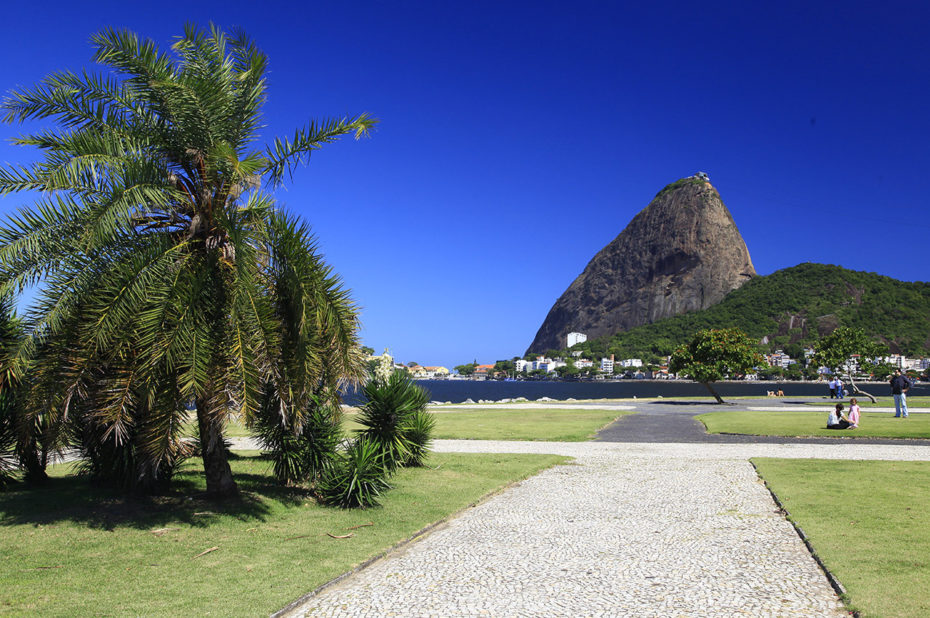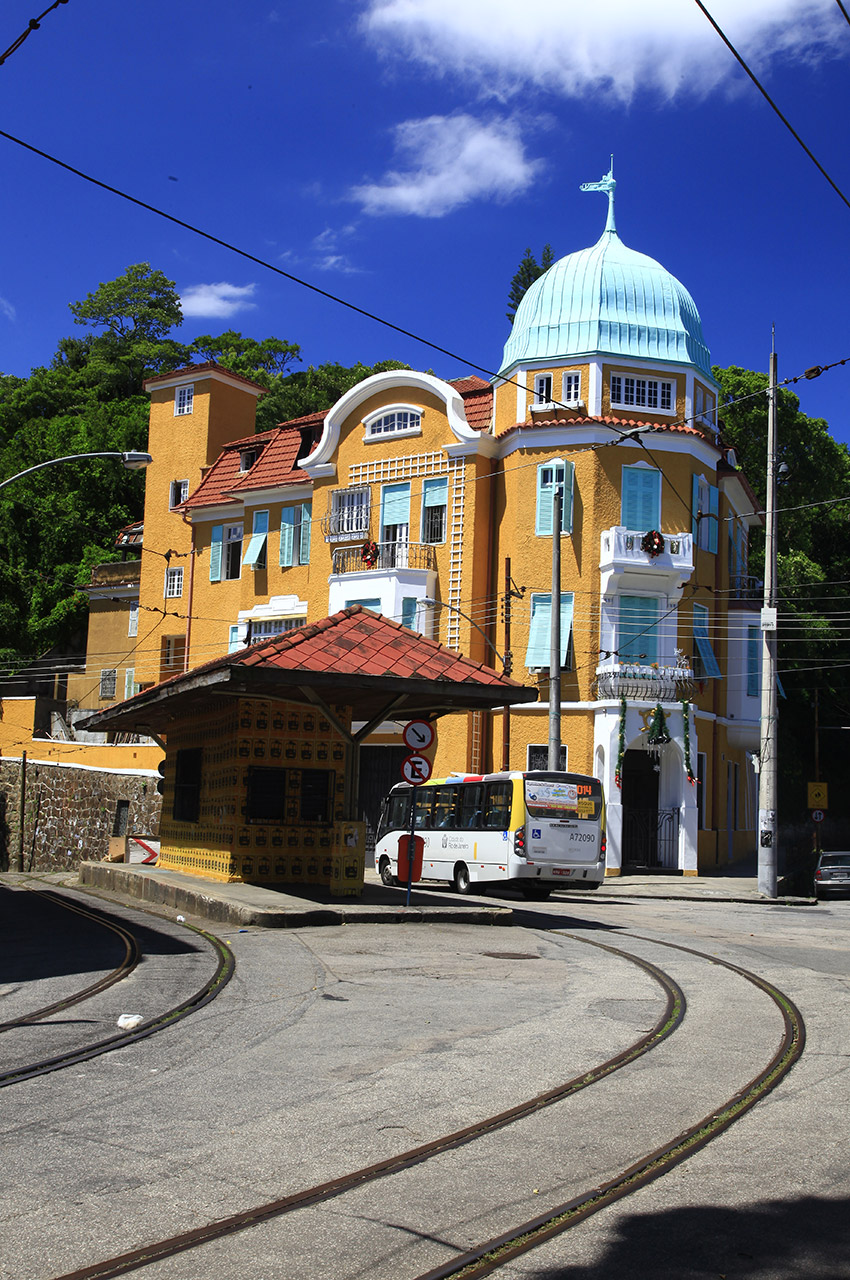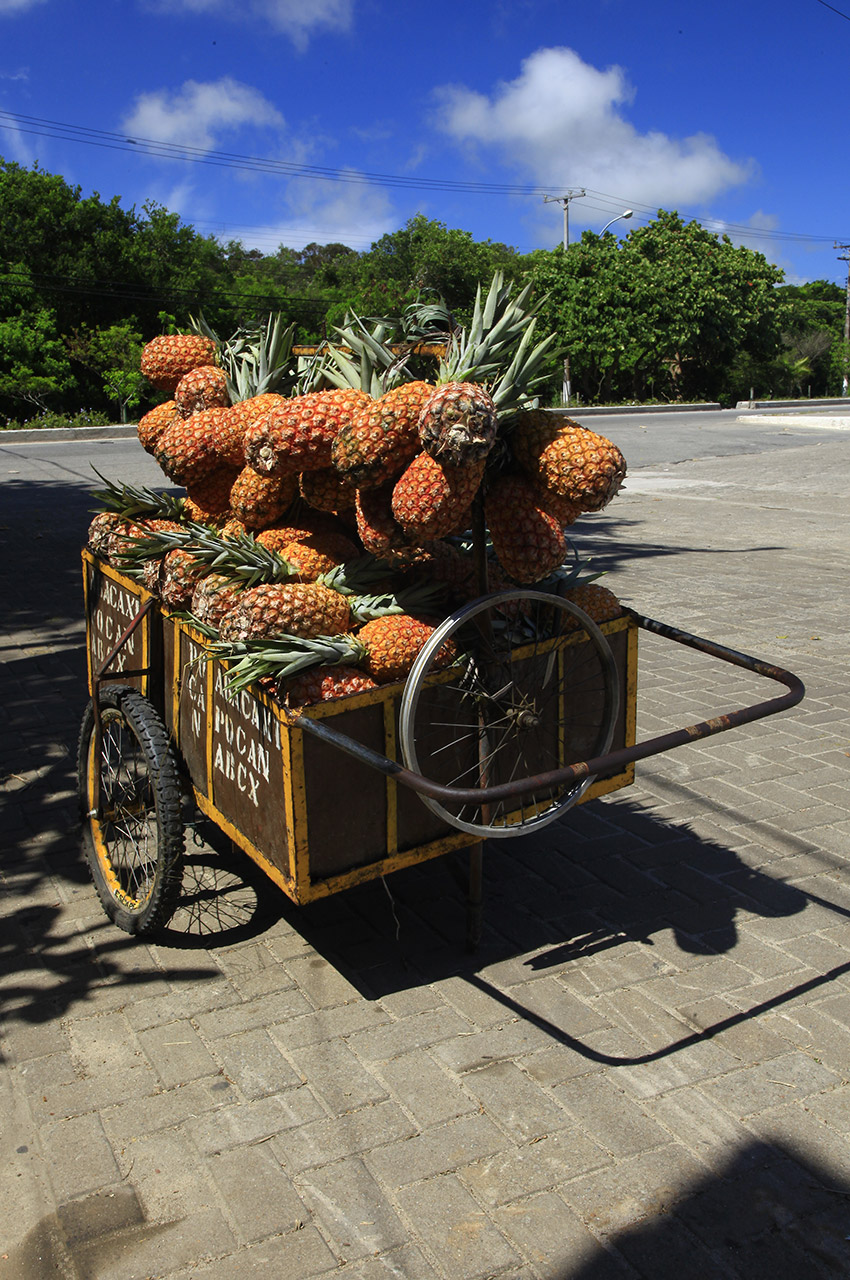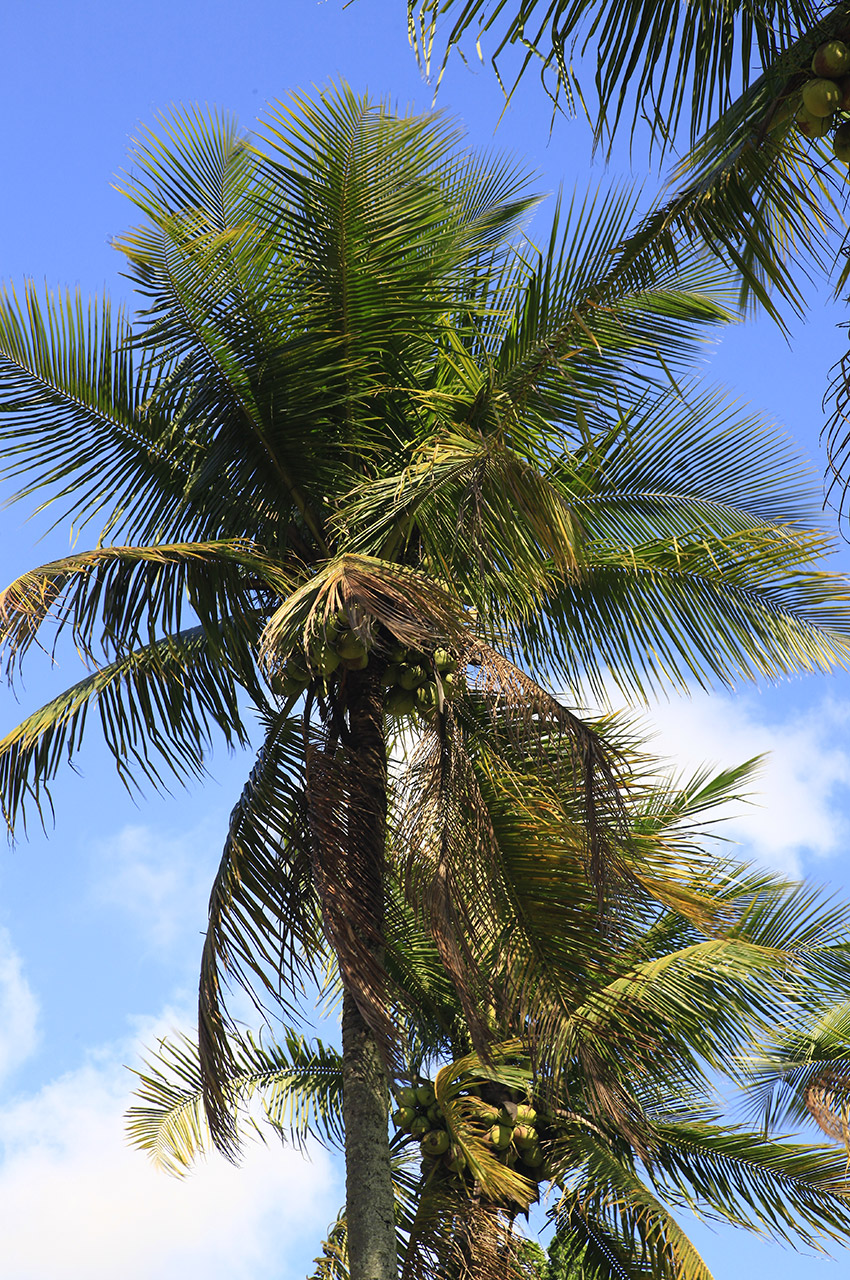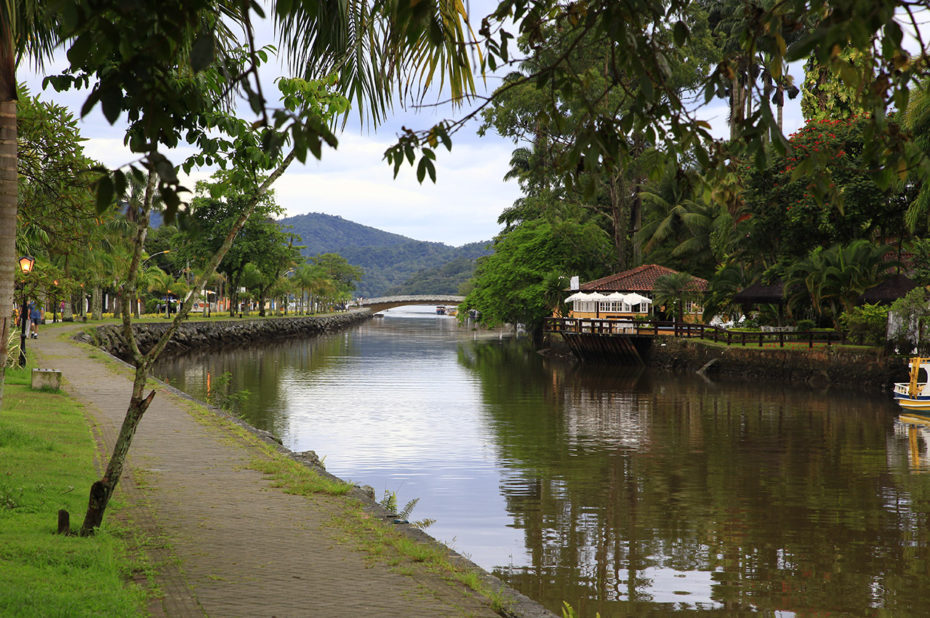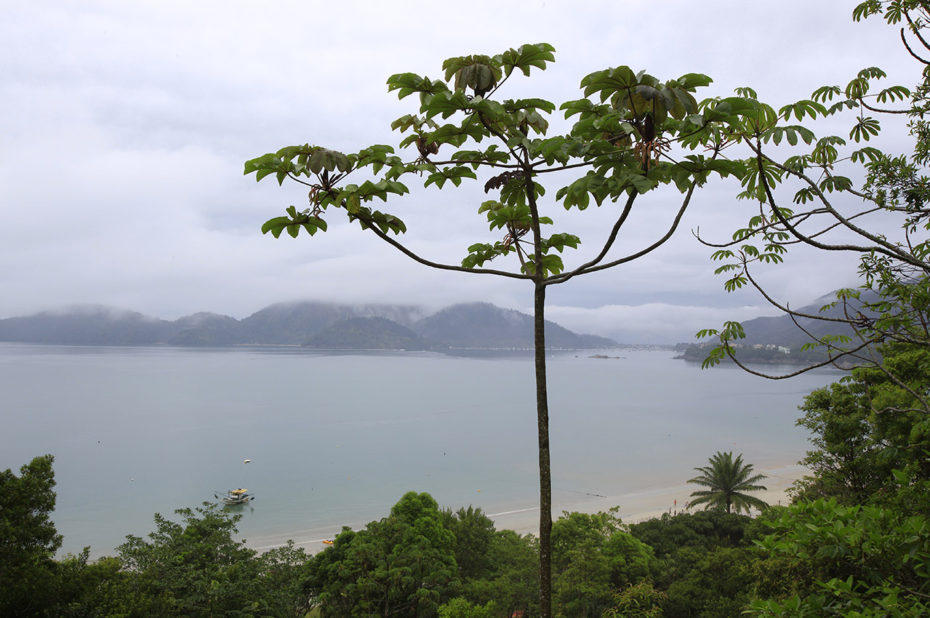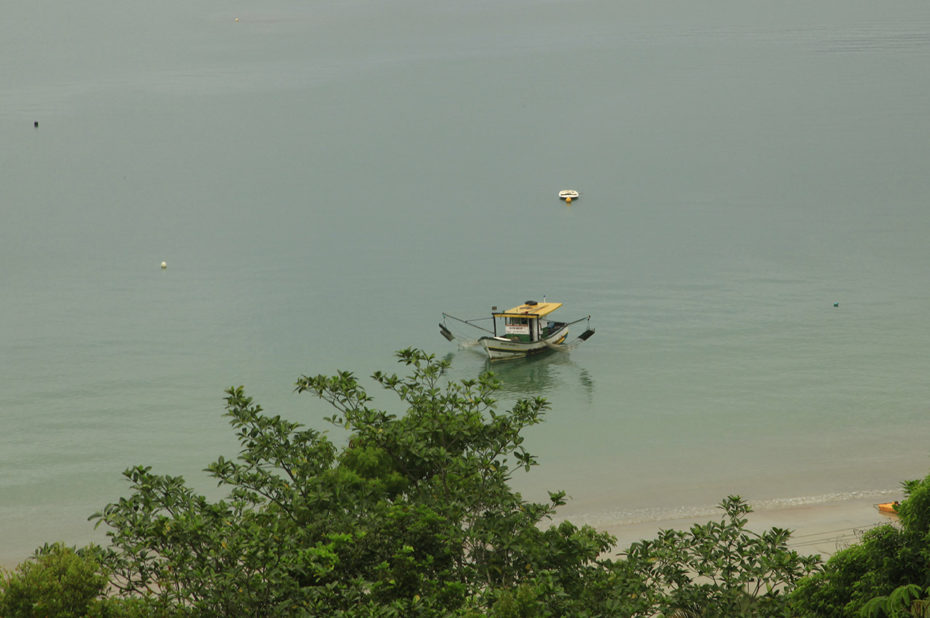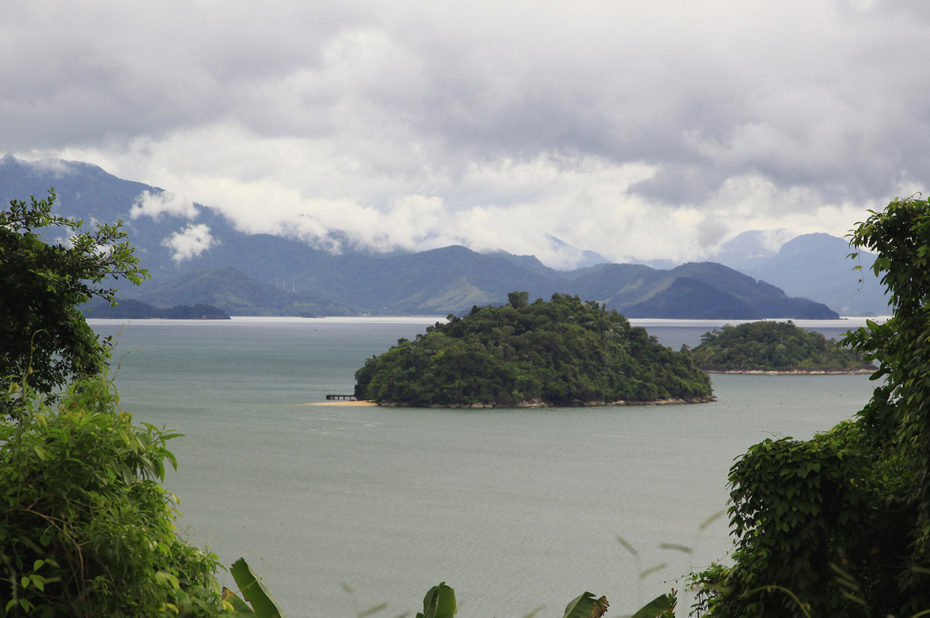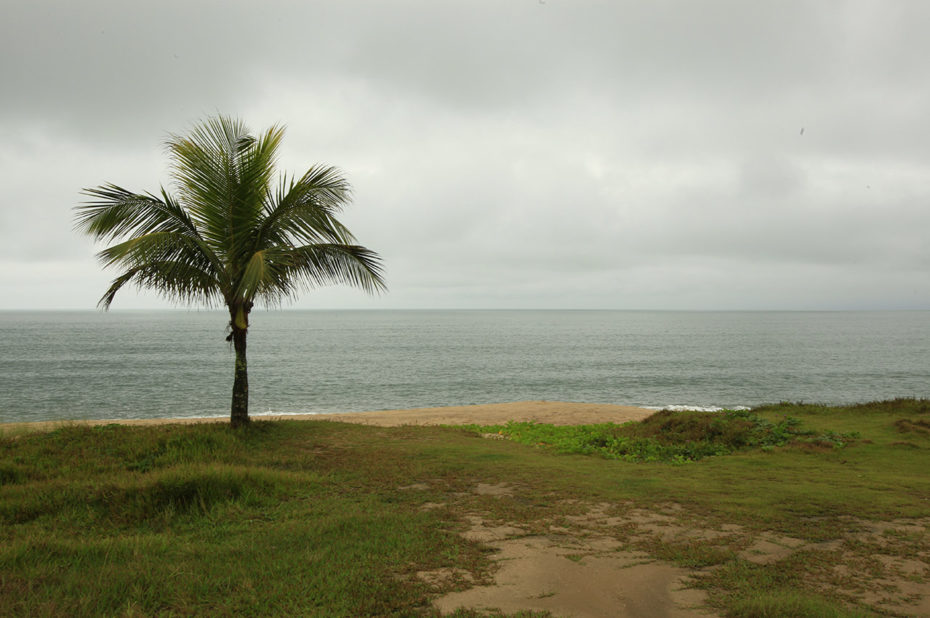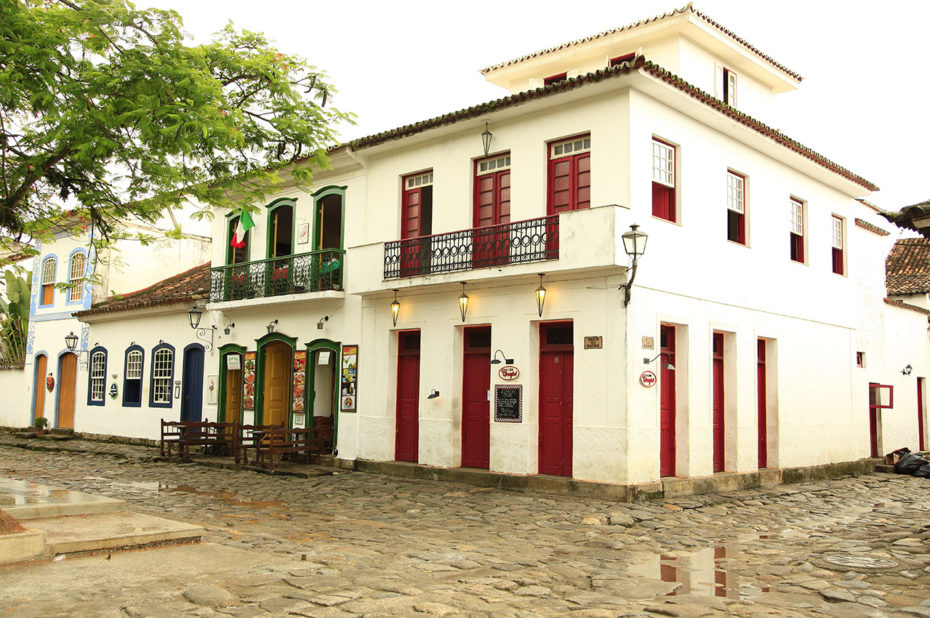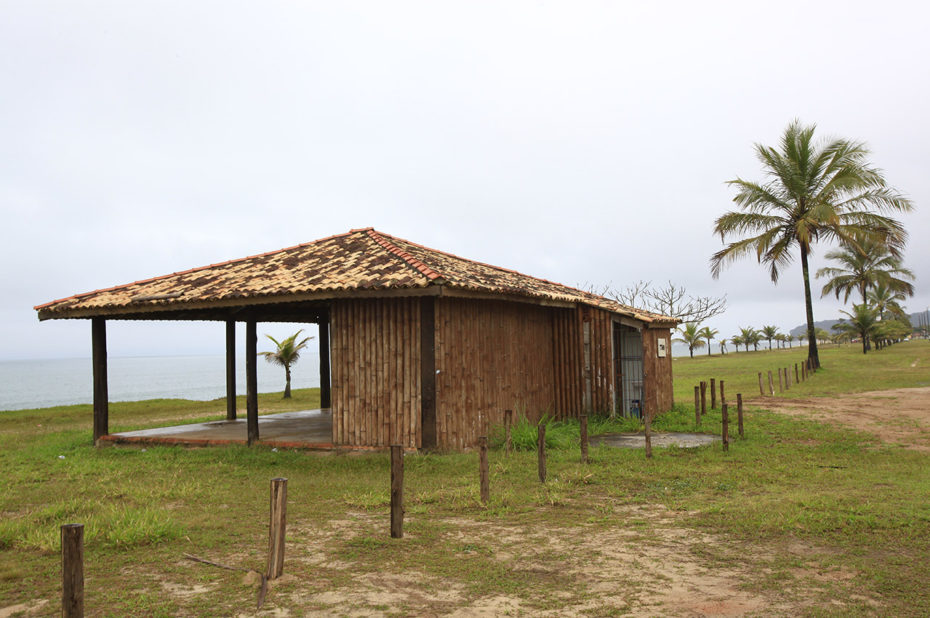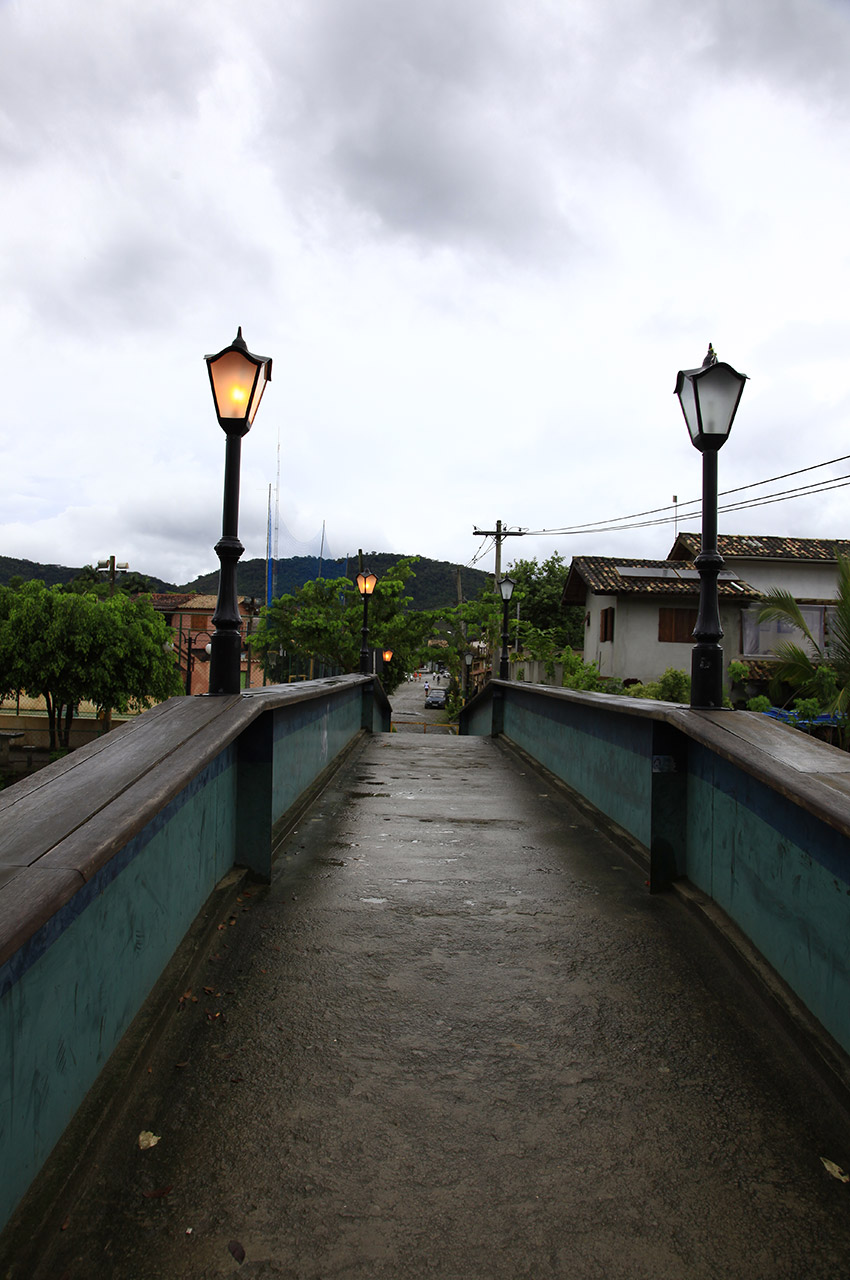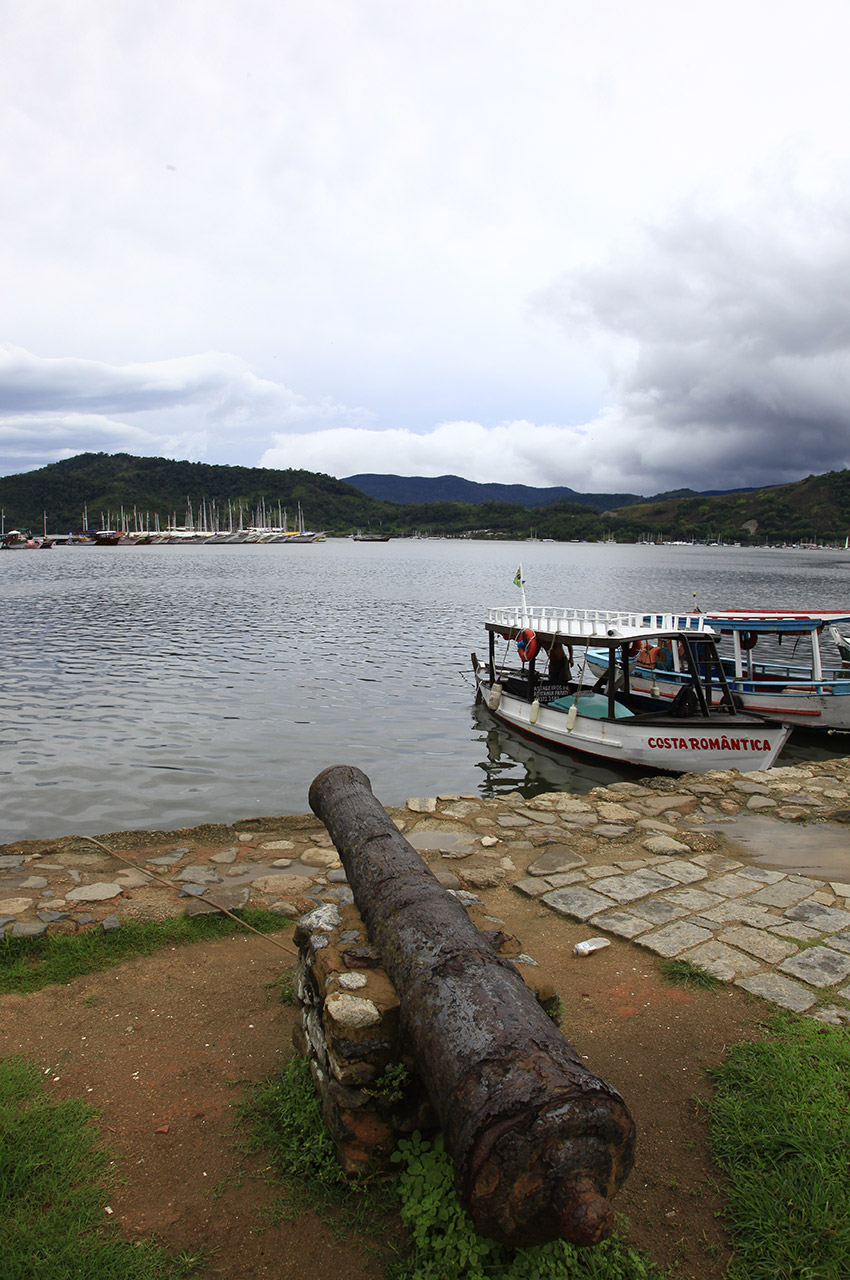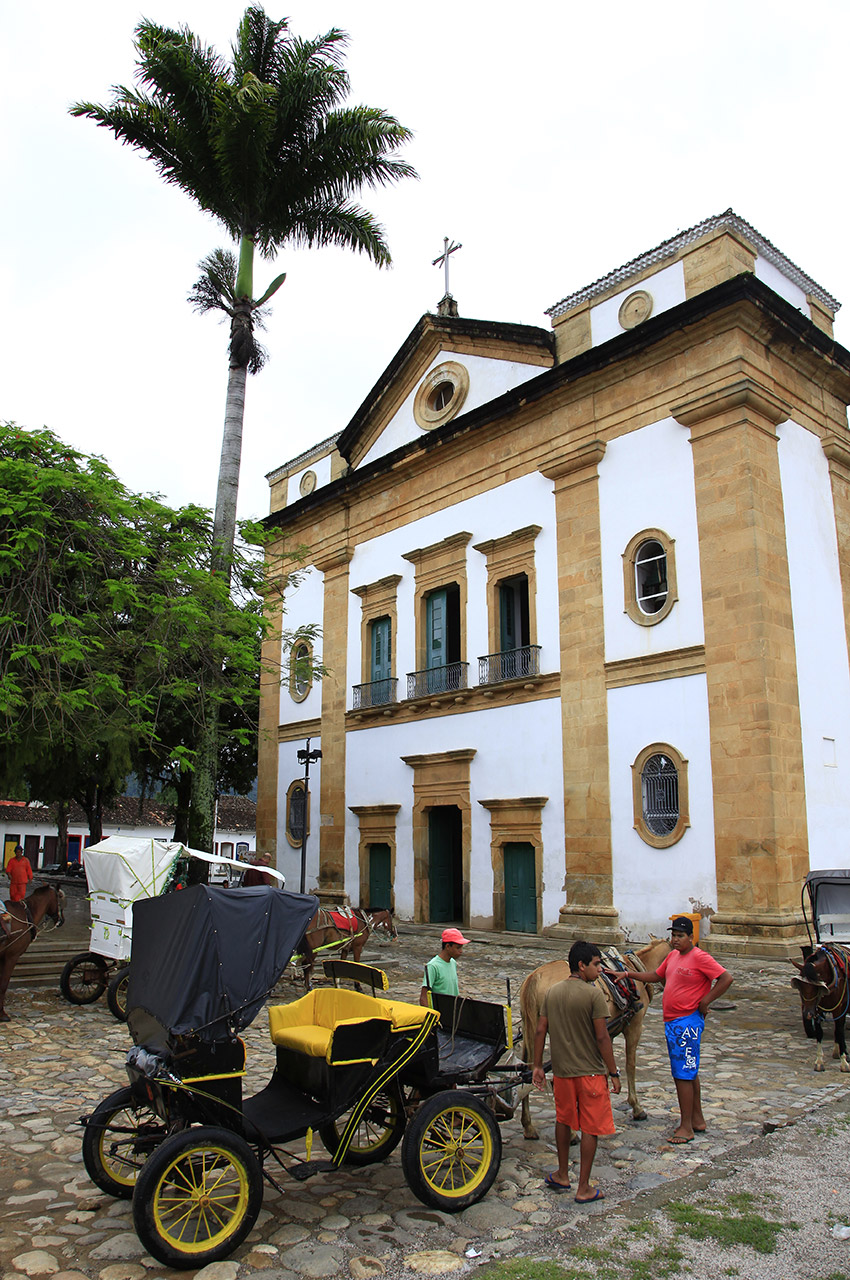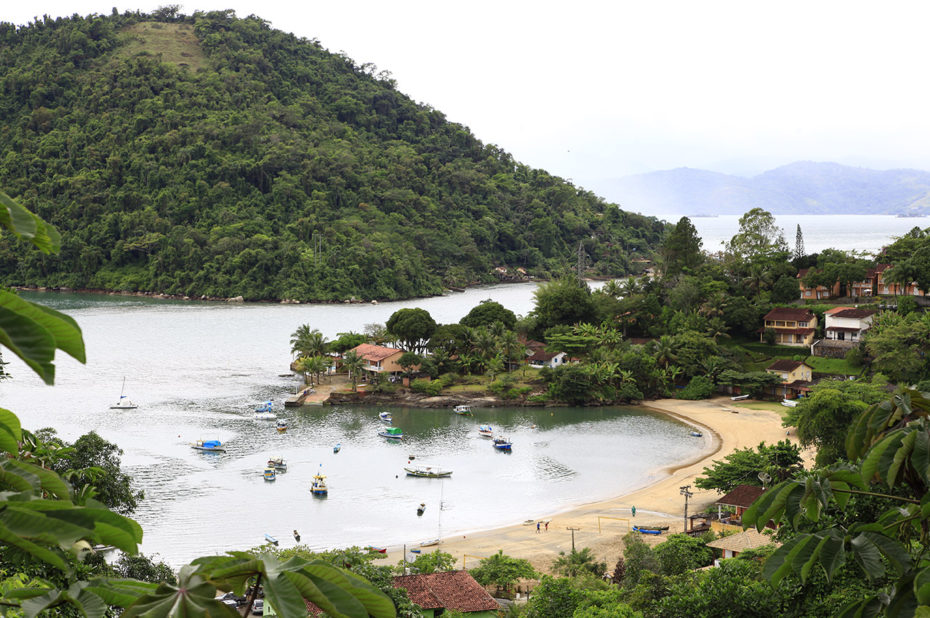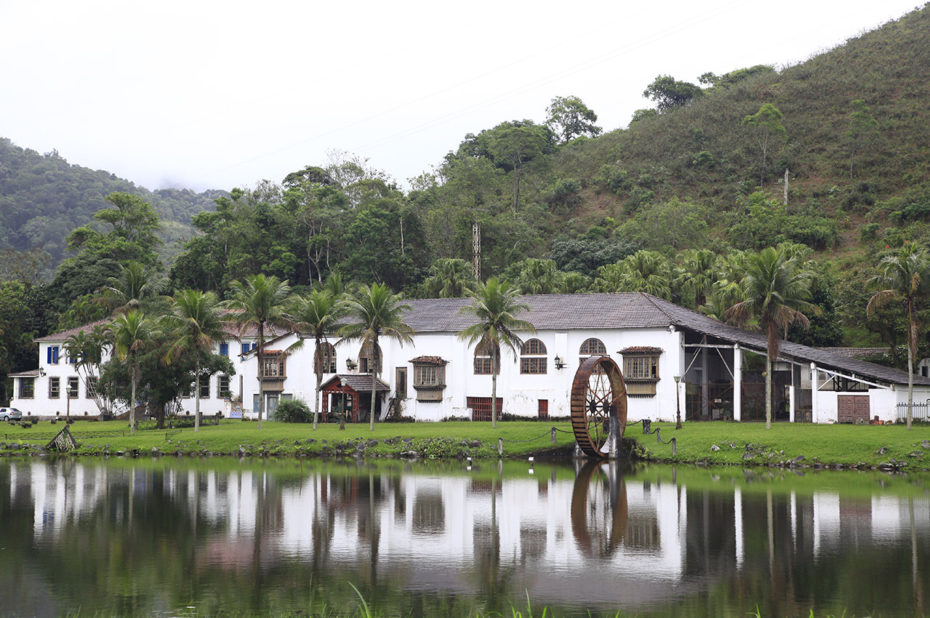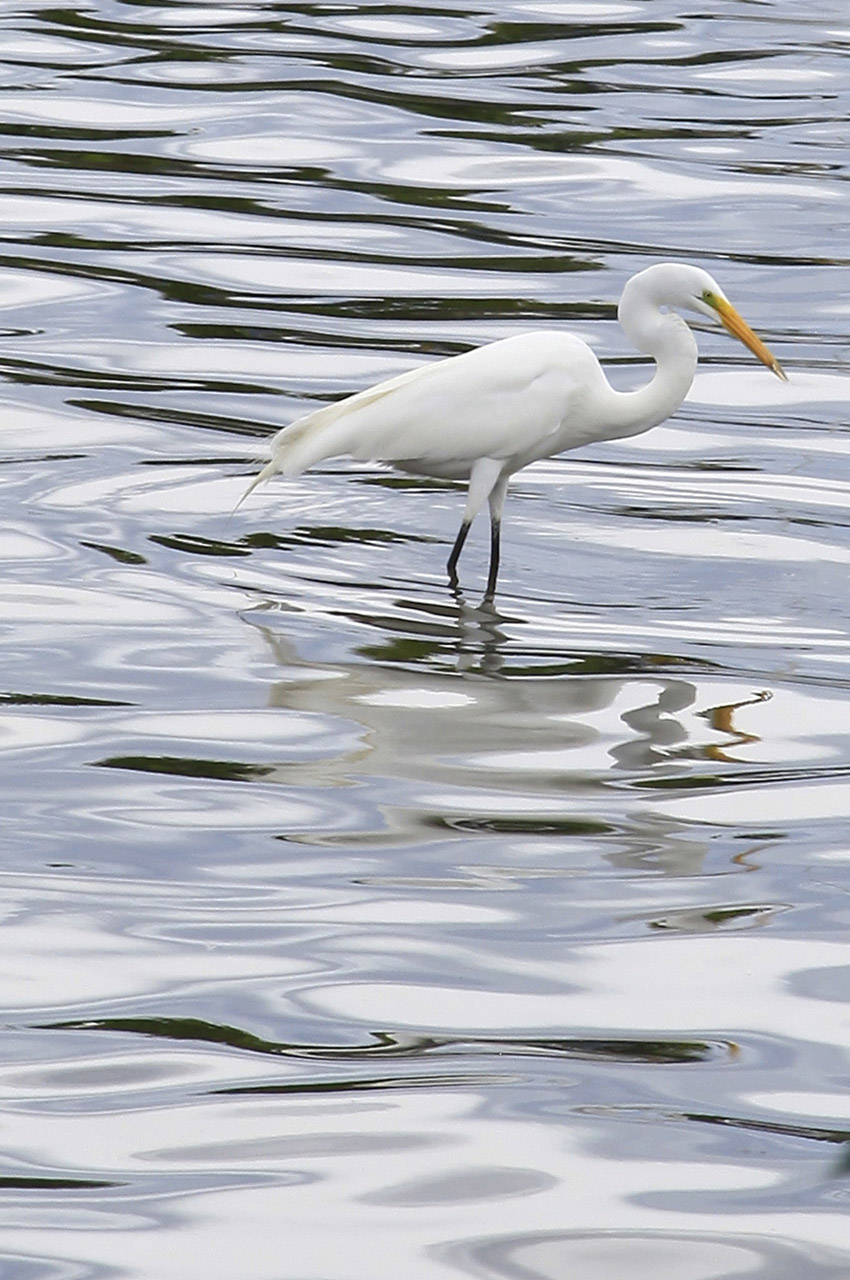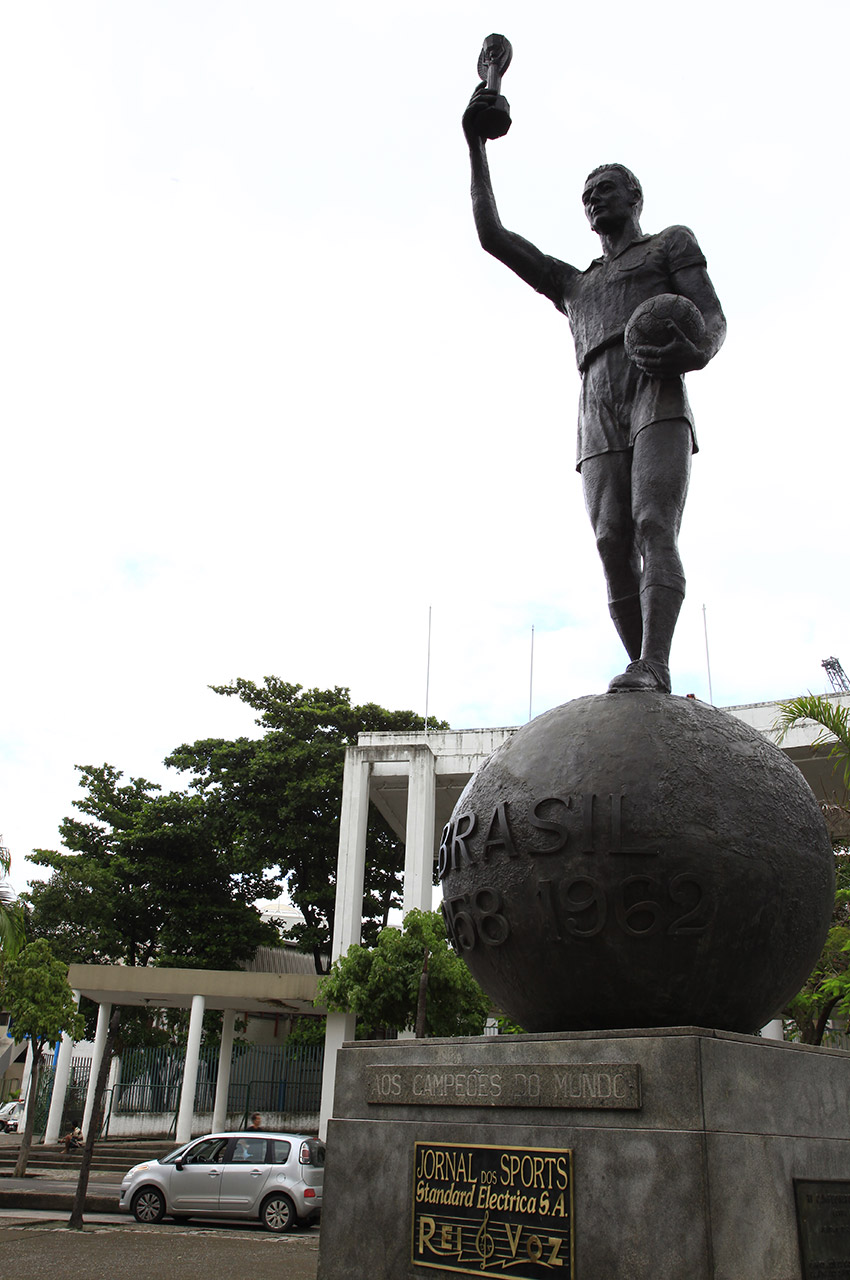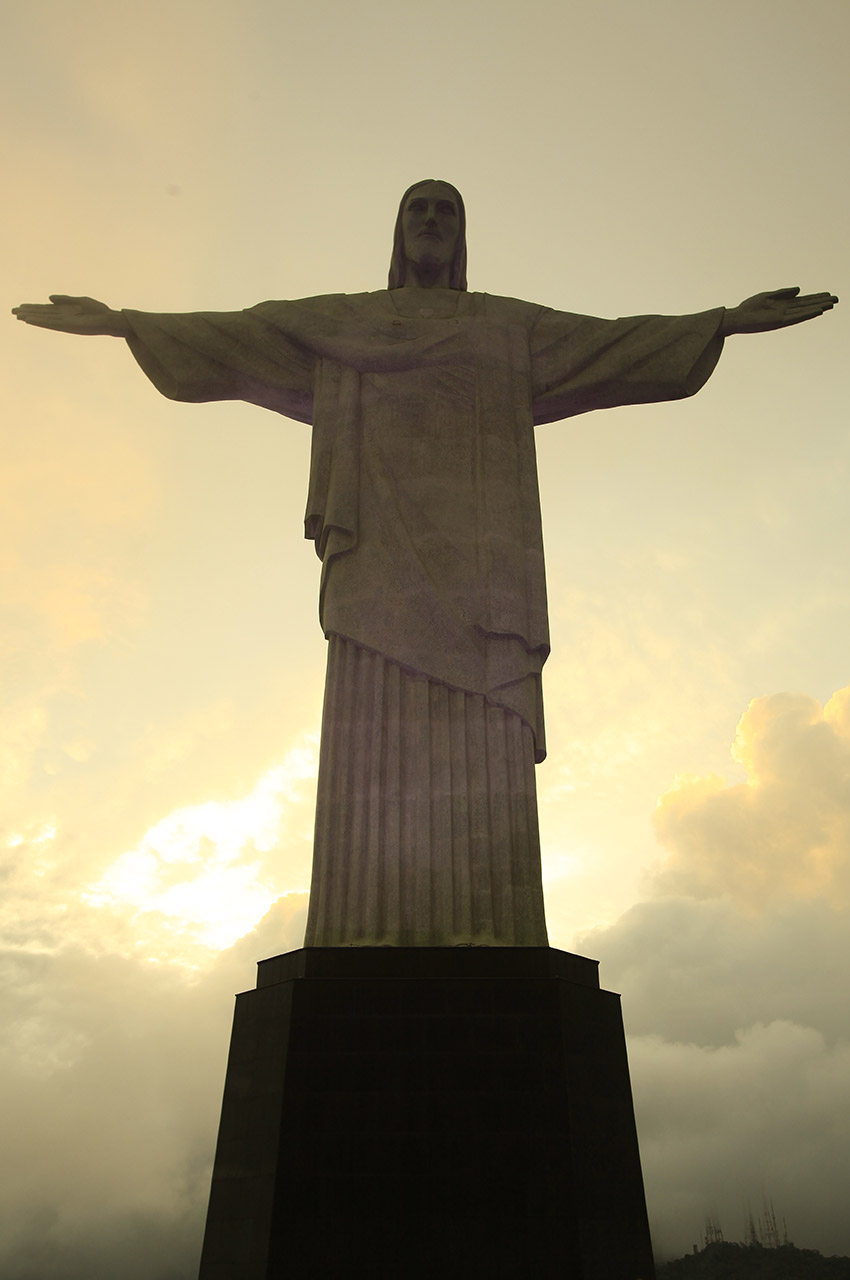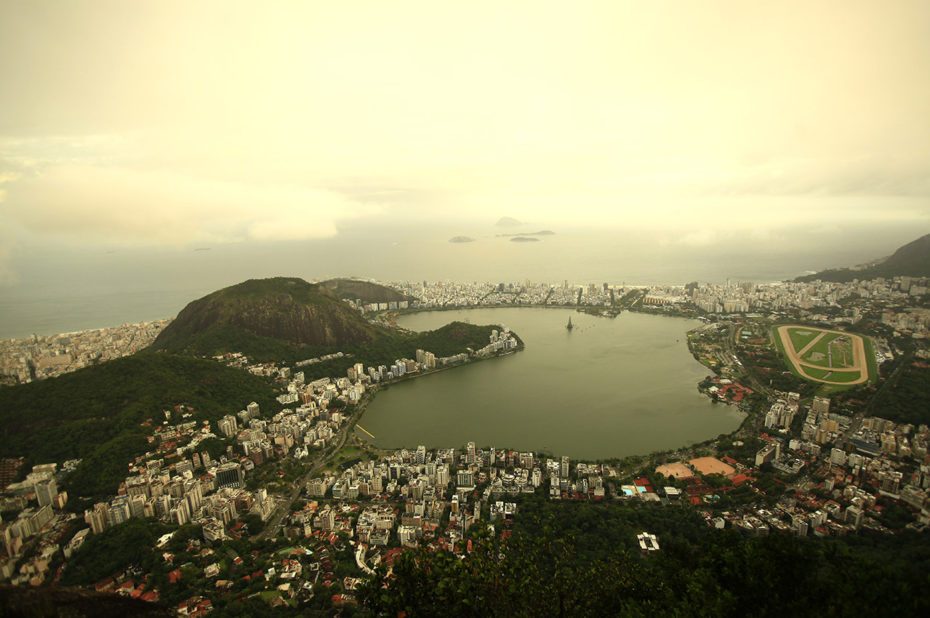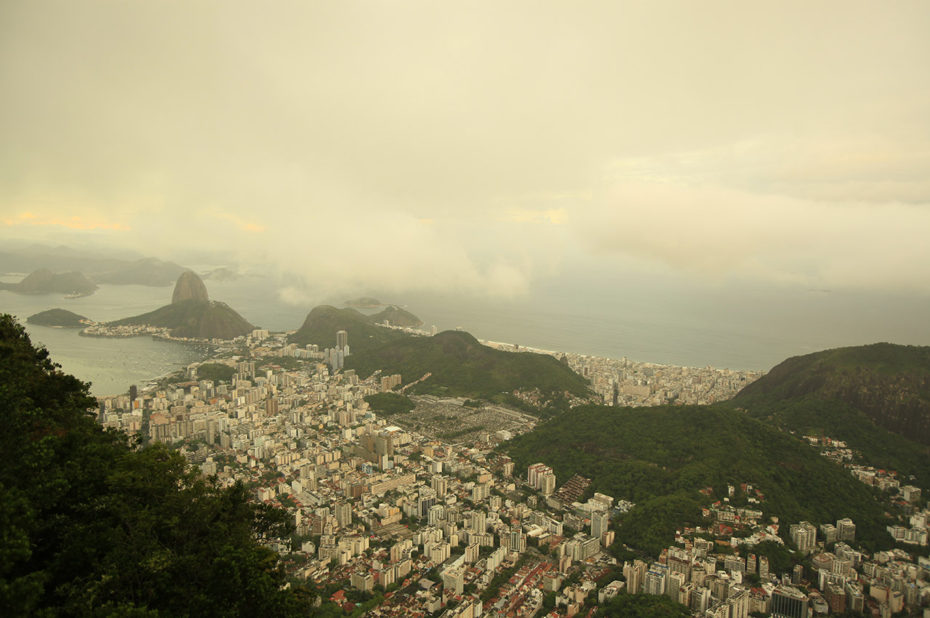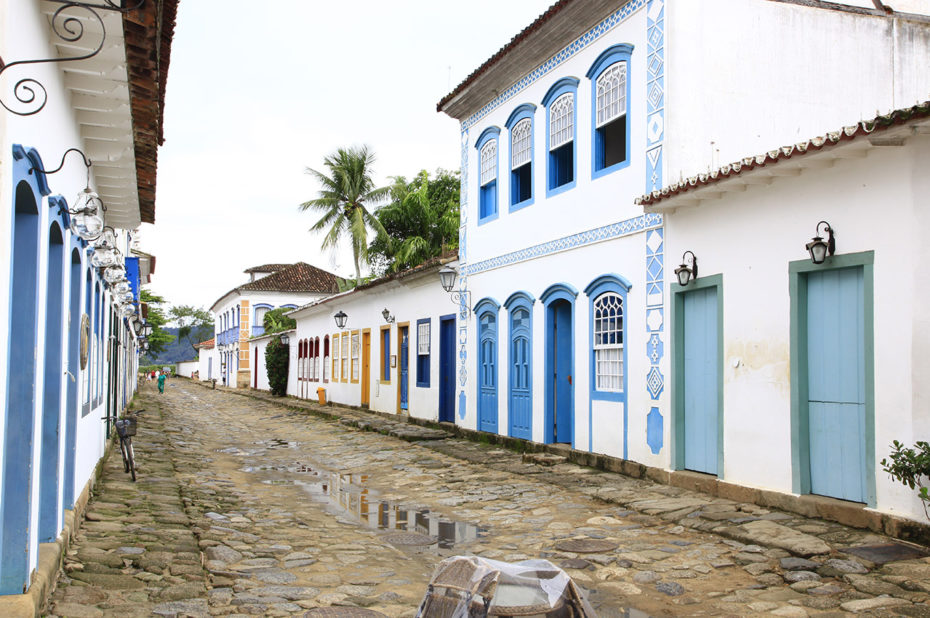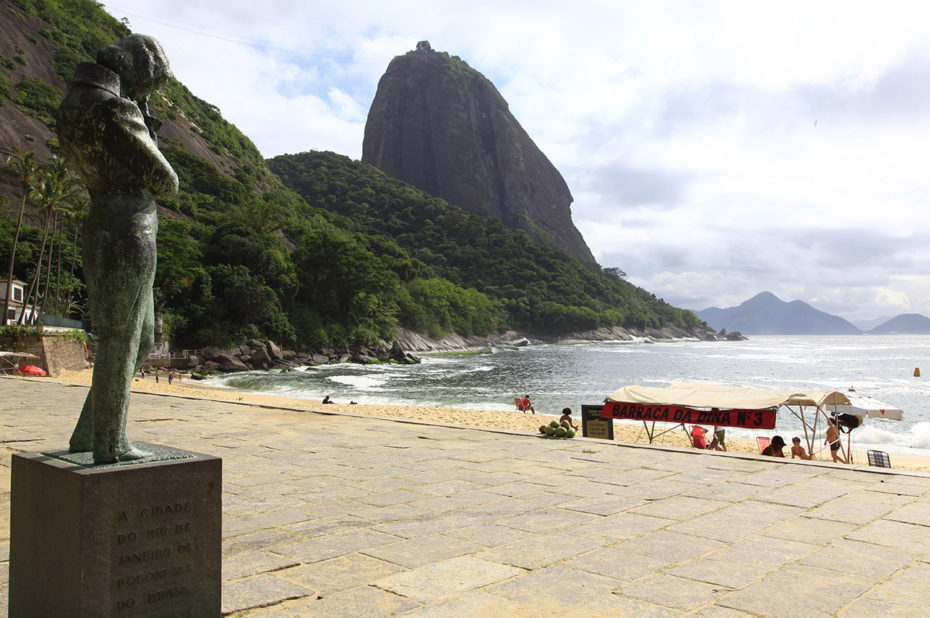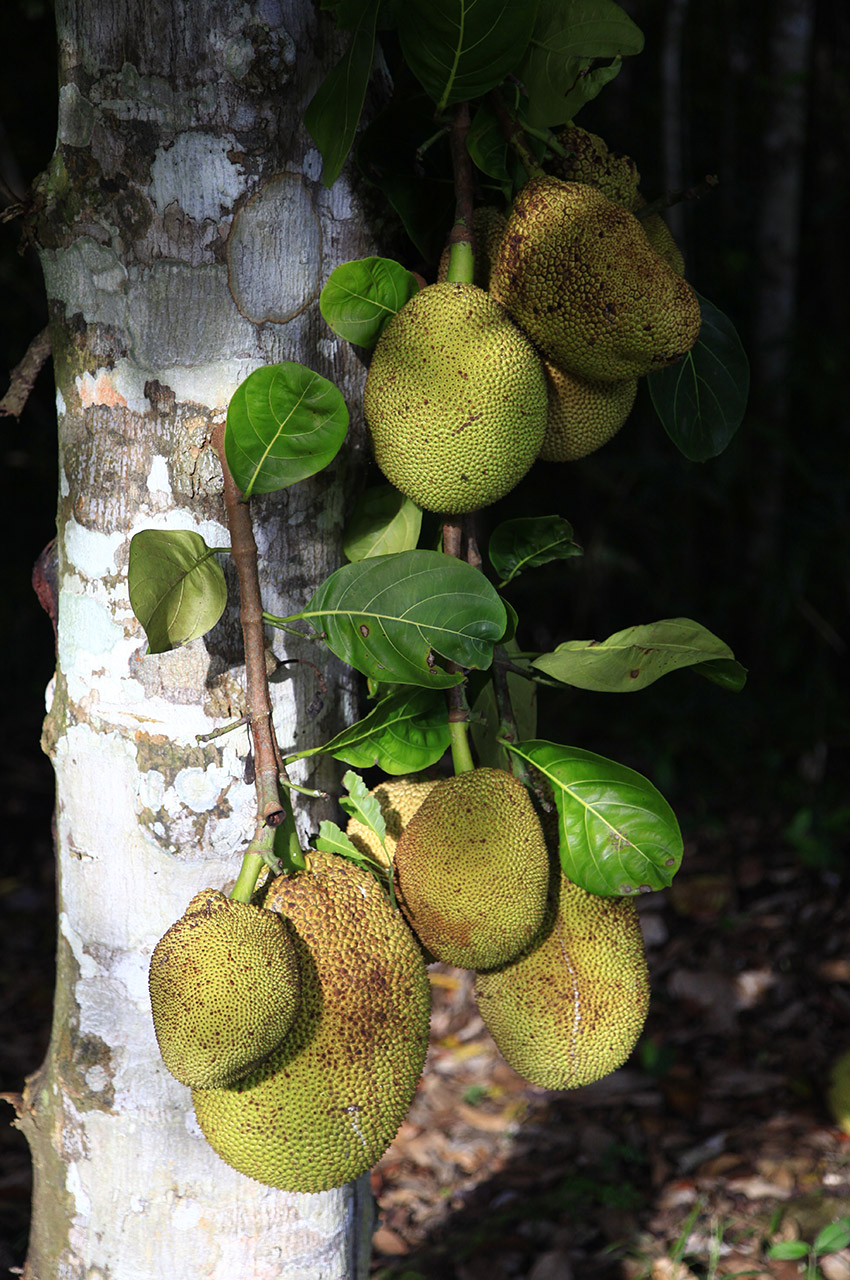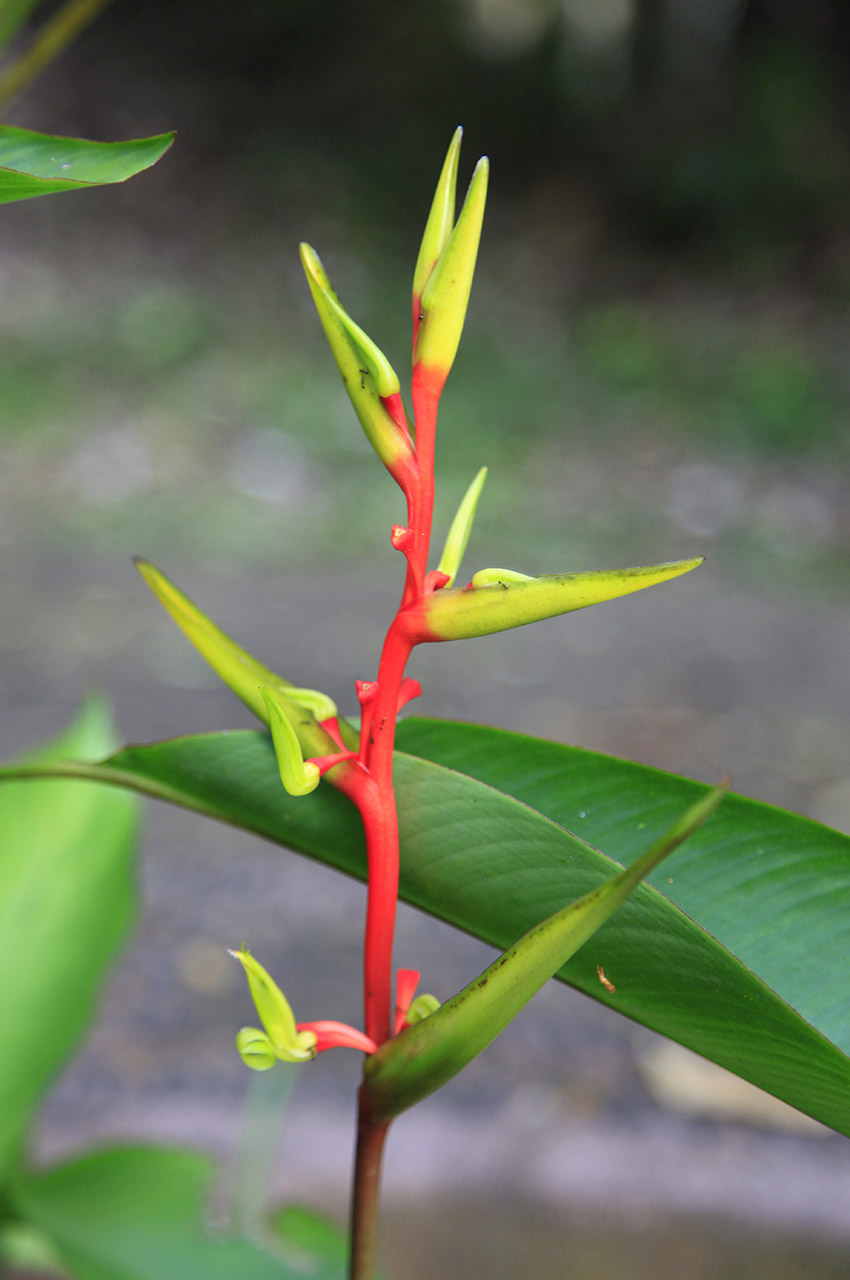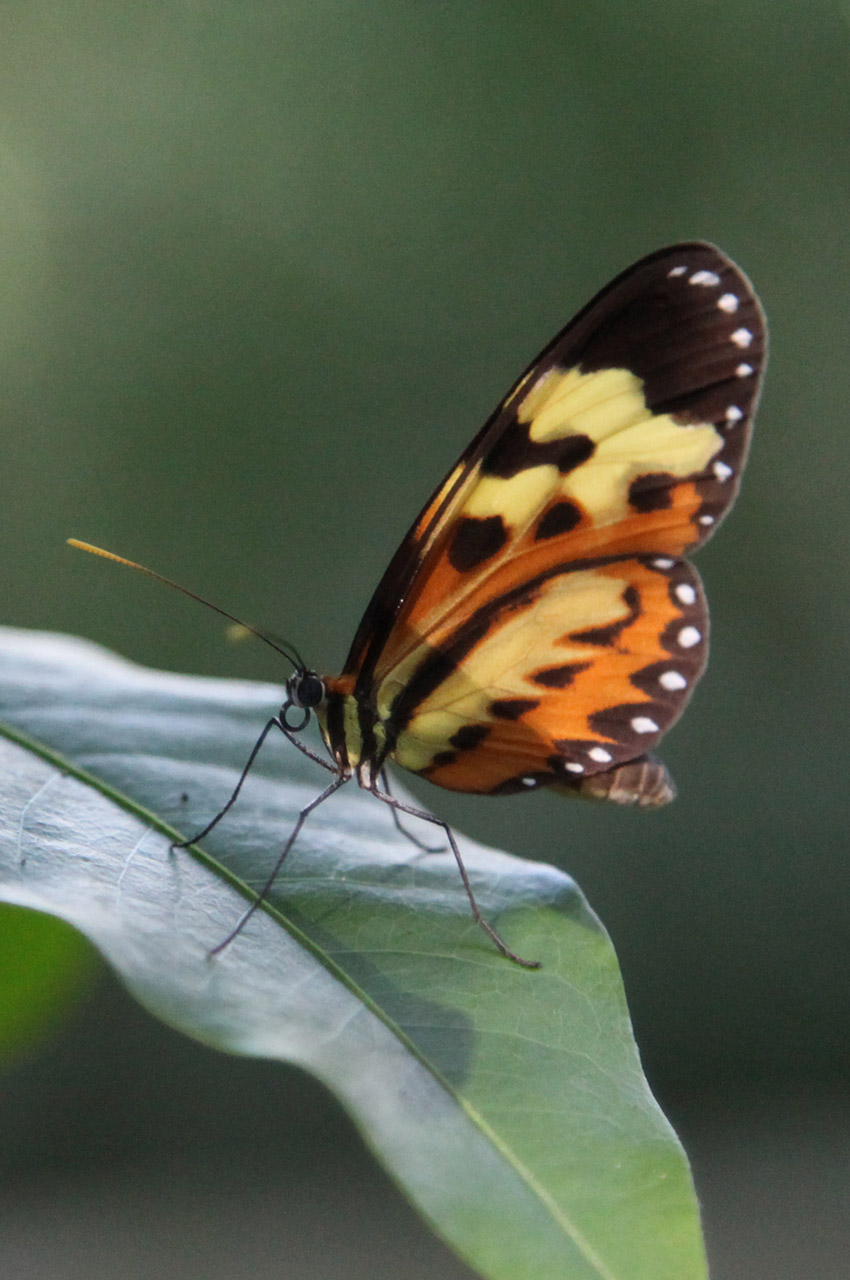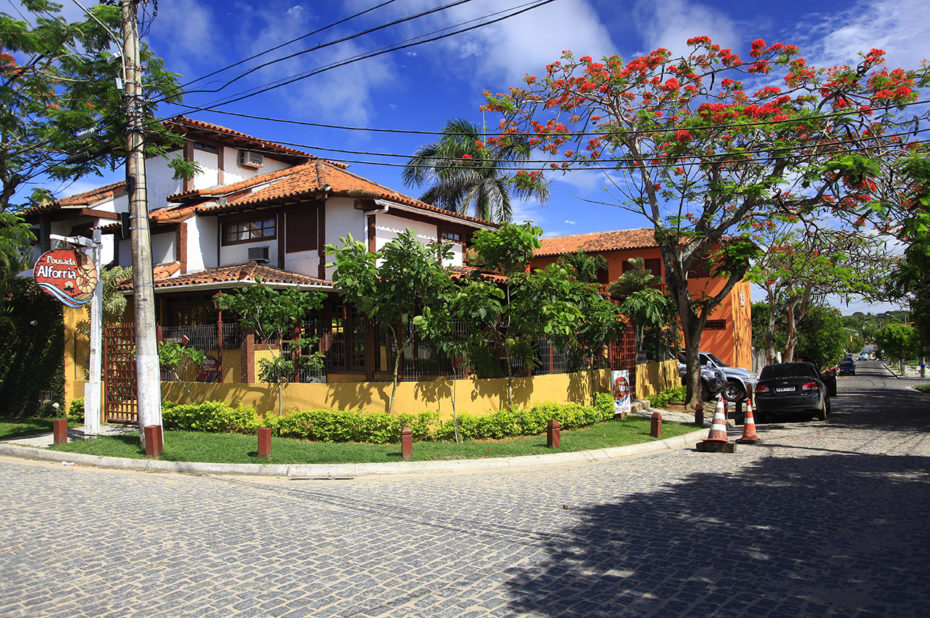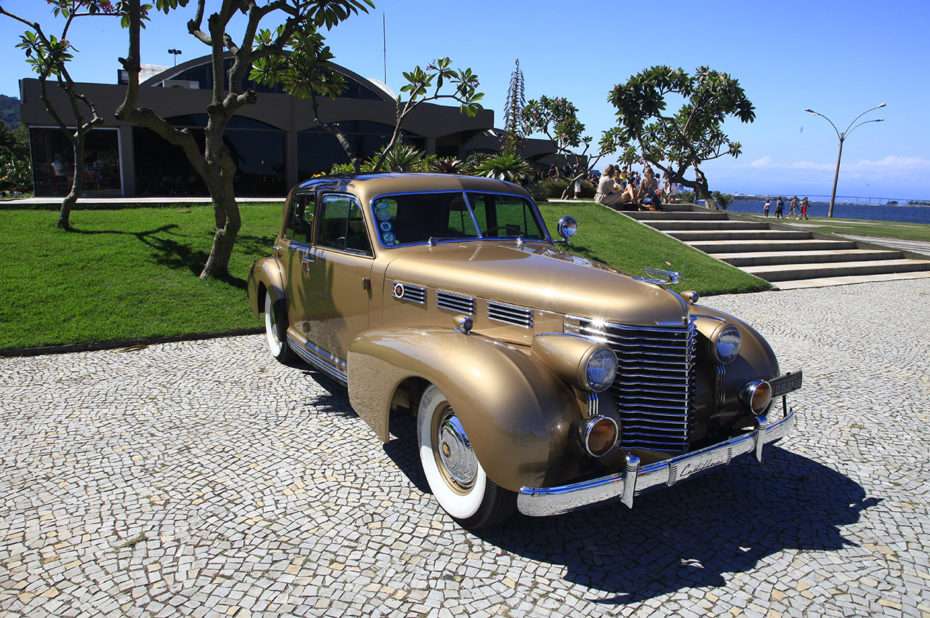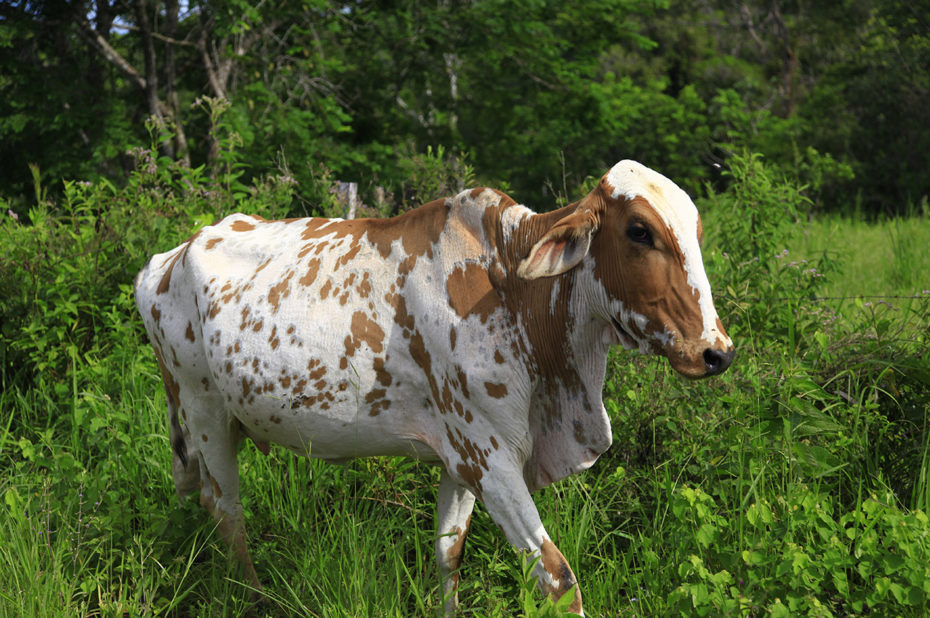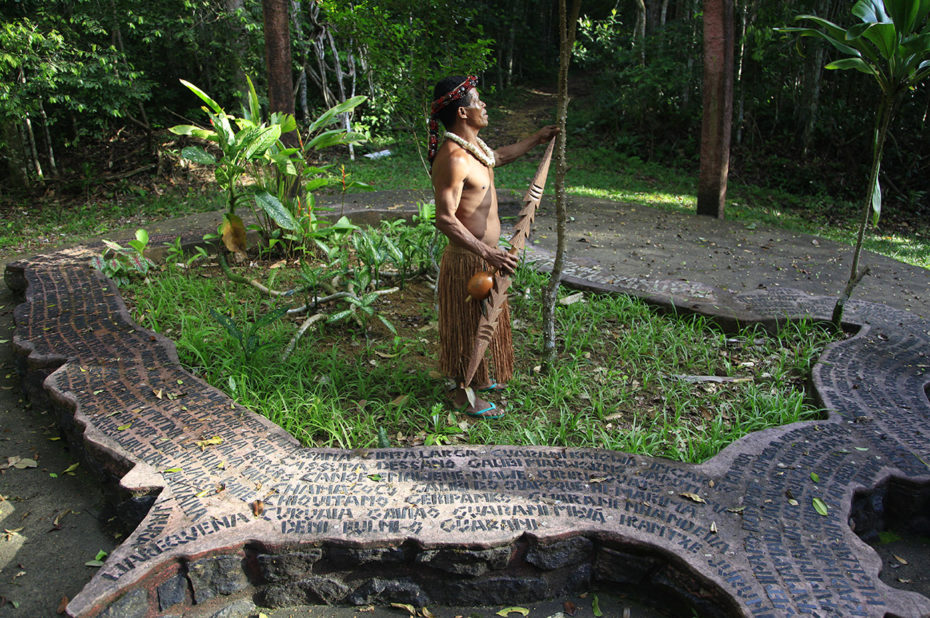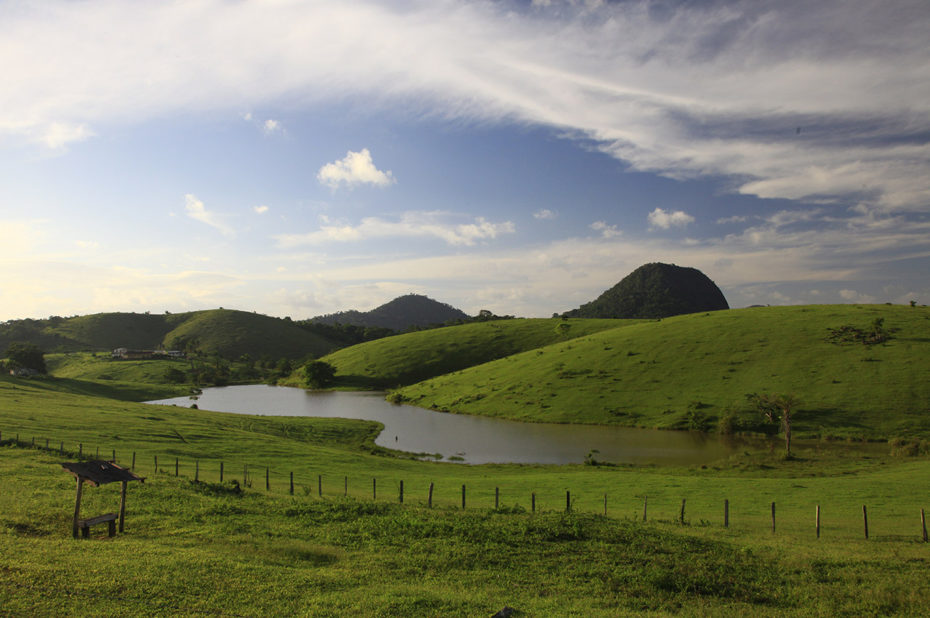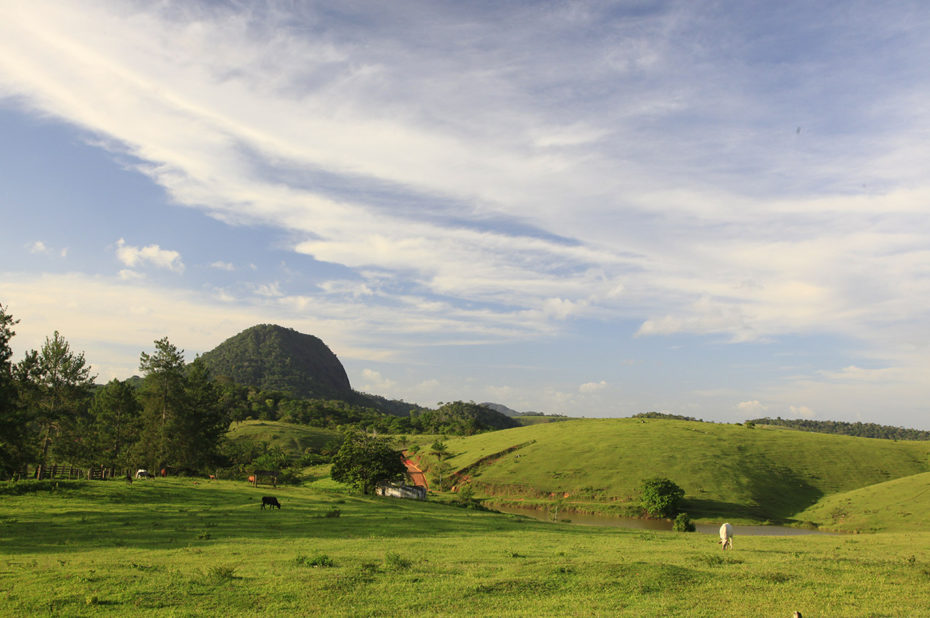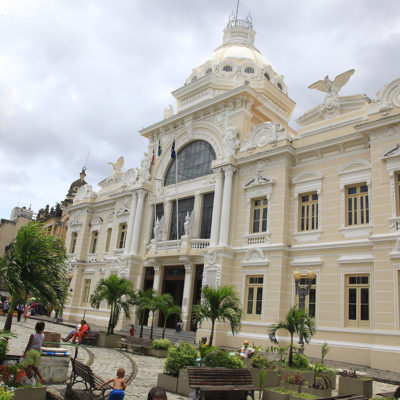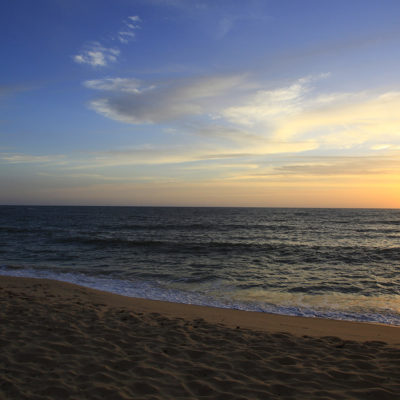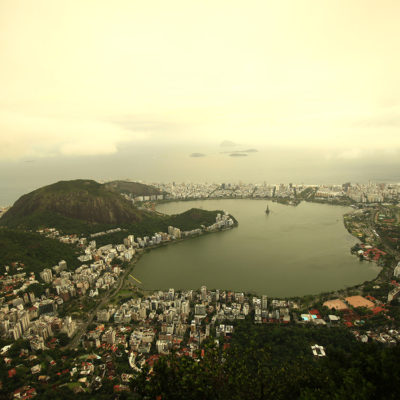
Rio de Janeiro, nicknamed the “cidade maravilhosa” (marvelous city), owes its reputation to its incredible splendor. Around the majestic Guanabara Bay, which the Portuguese explorers mistook for the mouth of a river (hence the name of the city, literally “River of January”), the city has developed wherever possible, in an astonishing proximity to nature, which is omnipresent. At its heart lies the Floresta da Tijuca, the largest urban forest in the world. It surrounds the Corcovado on all sides, which, perched at an altitude of 700 meters, dominates and protects the city. Facing it, the other symbol of the city, the imposing Sugarloaf, solitary guardian of the entrance to the bay.
Less often mentioned on the postcard, the downtown area is a disparate neighborhood, where modern business buildings rub shoulders with architectural relics from the time when Rio had dreams of grandeur and compared itself to European capitals. You can wander around without really knowing which identity is the most important, going from a monumental avenue to an alley populated by craftsmen’s stalls. For an exhaustive approach of Rio, a guided tour of the favelas, neighborhoods resulting from the chaotic expansion that Rio experienced in the 20th century, is a must. Here we live, we work, we go to school and we have fun, like everywhere else…
Click on the picture to enlarge it and discover its caption.
